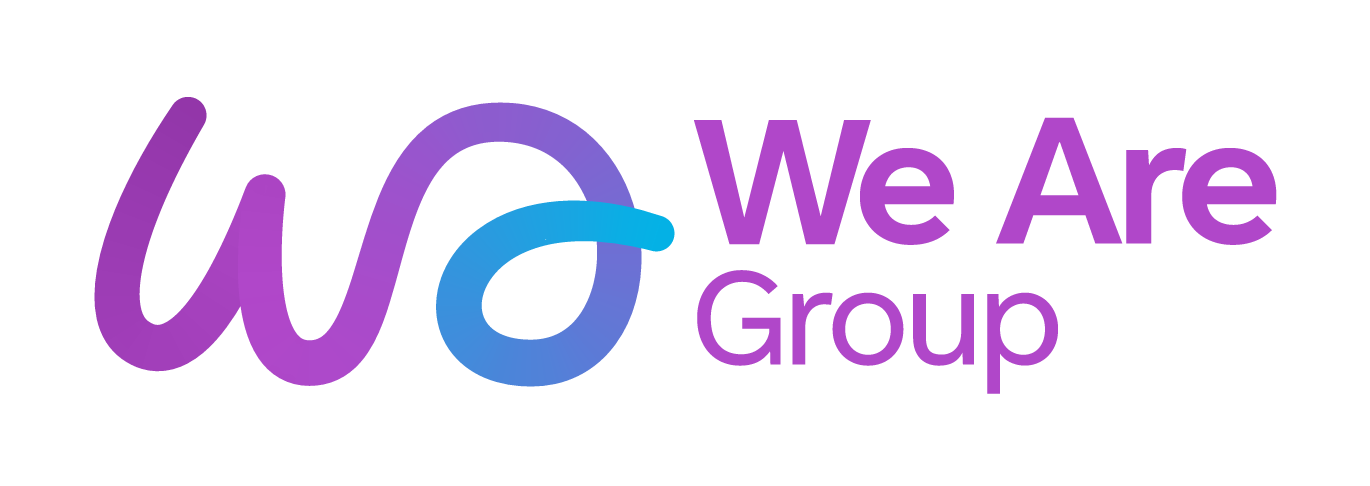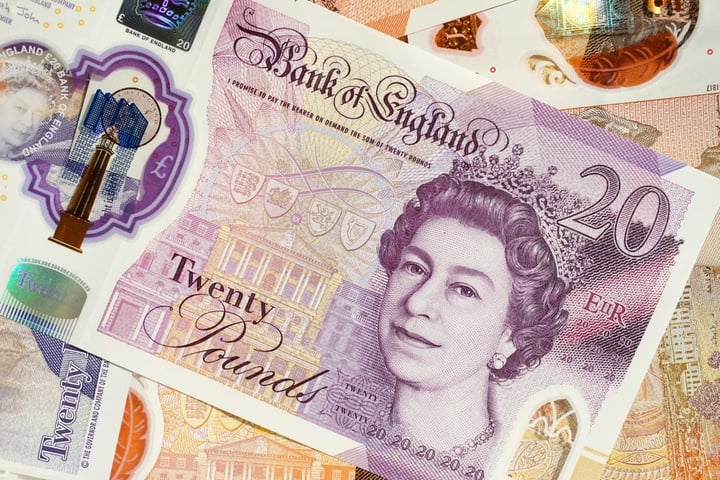By Matt Adam, chief executive of We Are Digital, outlines four key actions we can take this year to end the impact of financial exclusion.
Financial exclusion – the inability to access finance, banking and income – typically affects the oldest and youngest in our society most severely. It is often closely linked to digital exclusion, as consumers without internet access typically pay more for goods and services.
Those who are unable to move their money online are at high risk of future difficulty when it comes to accessing their finances. As the world becomes increasingly cashless, bank branch inaccessibility will be a trend long after the Covid-19 epidemic ends.
For banks too, financial exclusion is a growing problem as banks raise credit standards, reduce costly low-loan-value lending and reduce relationship banking services. But there are strong developments being made to eradicate its impact worldwide – and even more that we can do in the future.
Acknowledge the solution will be different for each age group – and even each sex
Let’s focus on a group sometimes forgotten when it comes to new financial products and services – the ‘older old’, comprising those aged 80 and upwards. Many older people have a strong preference for cash when it comes to their finances. They believe cash allows them to budget and helps them keep track of their spending. But what this age group doesn’t realise is that this unwillingness to break up with cash makes them financially excluded.
In 2016, The Finance Foundation discovered that 87% of older people in the UK don’t use the internet for online shopping or banking.* Fear of fraud and of making mistakes were given as the most common reasons behind these low levels of online use. There are few products and services which focus on the needs of the ‘older old’ coming out of the fintech sector. People aged 80 and over are more likely to face sensory, cognitive and mobility challenges than the younger pensioners aged 65 plus who are more frequently catered for.
These are pain points that must be tackled to move this group online – something which is likely to be highly beneficial to their stress levels. Research shows that large numbers of older people find standing in counter or ATM queues a challenge. Equally, the elderly are the age group most frequently targeted for fraud.
Data on internet use from the English Longitudinal Study of Ageing (ELSA) suggests that men aged 80 plus are more than twice as likely as women to be digitally connected – for, of course, financial and digital exclusion are intrinsically linked. This is likely to be down to a mixture of knowledge, inclination and affordability, as retired women tend to have lower levels of income than men. Getting women in this age group out of financial exclusion, given their longer life expectancies, should be particularly prioritised.
For younger consumers, a more playful approach to imparting the financial basics may work well. We were excited to see Nest Egg, a gamified banking app for kids that incorporates financial literacy to bring unbanked or underbanked children into the world of financial services, take home an award at Finastra’s 2021 hackathon, Hack to the Future.
Open banking – the financial inclusion opportunity
Open banking data sharing schemes have huge potential to improve the lives of low-income consumers globally, helping them to manage their debts and create additional income. When firms can access customer financial data held by third parties, creating savings, credit and financial management products, more suited to those stuck in poverty, suddenly become more viable. For those on the margins of financial services, it could reduce financial exclusion levels significantly – and indeed, in some communities, is already working.
In Brazil, for example, Rebel’s Tapa Buraco service alerts customers if they are overdrawn. Customers can then access a prequalified 30-day interest-free loan, benefiting from a subsequently reduced interest rate. Providers such as the UK’s Tully and South Africa’s Meerkat use open banking data to identify loans that can be refinanced or consolidated, negotiating affordable repayment schedules on the customers’ behalf.
Equally, Brazil’s open banking regime reduces the high costs faced by low-income customers for customer due diligence (CDD) procedures, allowing financial service providers to share registration data. Many of these solutions require smartphone access, which, in some markets, is not necessarily a given. In 2018, for example, just 45% of phone owners had smartphone access in sub-Saharan Africa.
Community investment
Community investment must be at the heart of any financial training or fintech programme. The US community investment industry has a long history of successfully channelling financial capital into low-income, financially excluded areas – a success rate the UK is keen to emulate. In the UK, the community investment sector reaches roughly a sixth of the financially underserved who need more access to affordable finance, whether individuals or small businesses.
To allow it to flourish further, improved financial reporting and social impact evaluation must follow. Access to in-depth data on financial services to disadvantaged communities is also key to developing a more localised understanding of how financial exclusion is impacting the unbanked and underserved.
Taking down the barriers: creating a secure digital identify
Roughly a billion people worldwide can’t prove who they are. Lack of official identification documentation affects 18% of financially excluded adults, says the World Bank, which has a goal to resolve this issue by 2030.** Equally, 90% of customer onboarding costs could be reduced by resolving this issue. (McKinsey Global Institute, 2019).
About two thirds of all unbanked adults have a mobile phone. Digital financial services enabled by digital identities can unlock financial inclusion for the unbanked, giving them access to essential financial services and products, even in the remotest corner of the globe.
Biometrics are a potential global solution. In India, the Aadhaar electronic ID system assigns a unique 12-digit ID number to every person, based on biometric and geographic data. In Norway and Sweden, programs set up by banking consortiums have been successfully integrated into financial and government services. The UK’s Digital Identity Strategy Board believes that the digital identity market could add 3% to the UK’s GDP by 2030, provided delivery policy is strengthened to combat fraud and distrust. Biometric data is classed as personally identifiable data and must be protected in accordance with data protection laws such as the EU’s GDPR.
Overall, there is much to be excited about in the journey to help communities out of financial exclusion. Globally, financial services are already innovatively addressing financial inequality. In India, banks are using the chat app WhatsApp to enable simple transactions, account opening and support tools. In Kenya, mobile transfer services, which allow users to store and transfer funds via a mobile phone, have enabled households to increase their savings by more than a fifth. As a sector, it is bursting with innovative solutions – provided that we get the basics right, and right now.
*”When I’m 84″: Locking the door on the older old, the challenge facing Britain’s banks, The Finance Foundation, 2016
**World Bank Group 2020
We Are Digital is a social impact business which has helped thousands of people access essential online services and manage their debts during the pandemic through its training work with housing associations, local authorities, banks and corporates.



